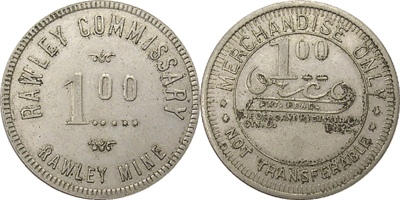Kate Shelley was born in September 25,
1865 near Moneygall, Ireland to Michael and Mary Shelly. Her family name has
been spelled Shelly or Shelley. Her father, Michael, was a tenant in Ireland. When
Kate was almost two years old, the family emigrated to the United States. After first living with relatives, the
Shelleys moved to a farm near Honey Creek, to the east of Moingona, Iowa. Michael became the foreman of a section crews
with the Chicago and North Western Railway.
In 1878 Michael died of tuberculosis.
Kate had to drop out of school to help her mother support her two sisters and
one surviving brother.
July 6, 1881, a severe thunderstorm caused
flashed flooding around Honey Creek that washed out several railroad timbers
supporting the railroad trestle. A pusher locomotive manned by four men was
sent from Moingona. About 11 p.m., the bridge fell away, killing two of the men
and severely injuring the other two.
Kate heard the crash and she knew an eastbound express passenger train was due in an hour. She rushed to the sight and found the two surviving crew members. When Kate’s lantern went out, she crawled on hands and knees over the bridge debris until she crossed Honey Creek, then walked the two miles to the Moingona depot to report the bridge collapse and to fetch medical help. The passenger train with its 200 passengers was successfully rerouted.
The passengers Kate saved took up a collection for her and a group of girls from Dubuque gave her a medal. The state of Iowa commissioned an award crafted by Tiffany and Company. Trying not to draw attention to the near miss, the Chicago and North Western Railway quietly gave Kate half a barrel of flour, half a load of coal, a lifetime railway pass, and $100.
People wrote poems and songs to commemorate Kate’s bravery. In 1901, the Chicago and North Western Railway opened a new bridge. The railroad named it the Boon Viaduct, but most people called it the Kate Shelley Bridge. It was the first bridge in the country and possibly the only bridge named after a woman until 1976 when Philadelphia constructed the Betsy Ross Bridge.
In 2009 the Kate Shelley Bridge, one of North America’s tallest double track railroad bridges, opened parallel to the old viaduct over Honey Creek.
















.png)








.jpg)












